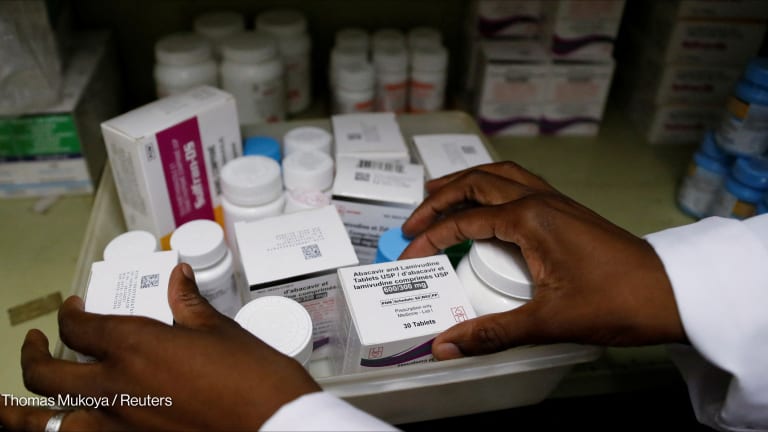Amid evidence that funding for the HIV response is on the decline both globally — including reports that the U.S. President’s Emergency Plan for AIDS Relief, or PEPFAR, will have its funding cut — and within domestic budgets, the Joint United Nations Programme on HIV/AIDS, or UNAIDS, has figured out what it would cost in terms of lives and livelihoods if HIV services stagnated at 2020 levels.
The price would be 17.7 million AIDS-related deaths and 34.9 million new infections between 2021 and 2050 if services are simply maintained during that period, compared to making the investments UNAIDS has called for to achieve ambitious targets for testing, treating, and keeping people’s infection suppressed.
“Every life lost is a tragedy, every new infection is a failure,” Erik Lamontagne, one of the authors of the study, said at a press conference this week detailing the findings.








